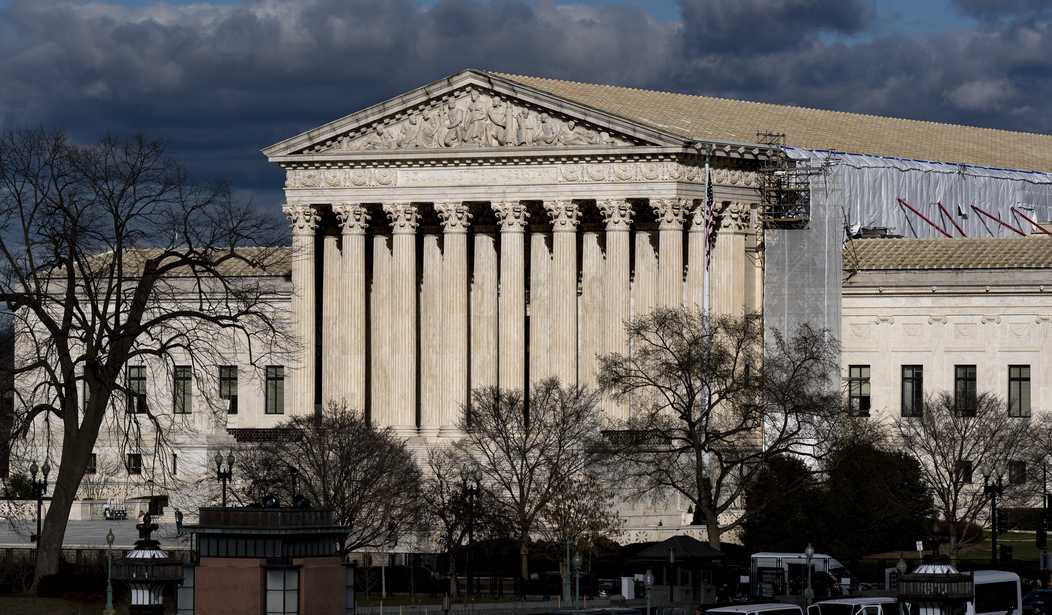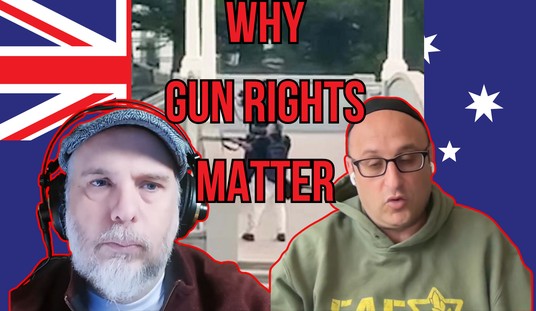The Bruen decision was a body blow to gun control advocates throughout the nation. Suddenly, their plans went out the window. They couldn't hope to push gun control laws and then keep them on the books thanks to intermediate scrutiny, which figured that rights were secondary to the government's interest. Now, they had to defend their position with founding-era gun control laws.
It rattled a lot of people and anti-gunners argued that it muddied the waters, that judges weren't sure what they were supposed to do because things were unclear.
The Rahimi decision came down and shocked pretty much everyone. While the case was originally about whether someone with a restraining order against them could be legally stripped of their Second Amendment rights, the Supreme Court used it as an opportunity to supposedly clarify Bruen's history, text, and tradition standard.
In June, in United States v. Rahimi, the Supreme Court upheld a federal law that made it a crime for people subject to domestic violence restraining orders to have guns. In his majority opinion, Chief Justice John G. Roberts Jr. looked to history in very general terms and said lower courts bore the blame for the confusing state of the law.
“Some courts have misunderstood the methodology of our recent Second Amendment cases,” the chief justice wrote. “These precedents were not meant to suggest a law trapped in amber.”
Chief Judge Diaz was not convinced. The Rahimi decision, he wrote, “offered little instruction or clarity.”
A petition seeking review of the Fourth Circuit decision has already been filed. The appeals court, by a 10-to-5 vote, upheld a Maryland law banning semiautomatic rifles like the AR-15.
“We decline to wield the Constitution to declare that military-style armaments, which have become primary instruments of mass killing and terrorist attacks in the United States, are beyond the reach of our nation’s democratic processes,” Judge J. Harvie Wilkinson III wrote for the majority.
In dissent, Judge Julius Richardson wrote that “the Second Amendment is not a second-class right subject to the whimsical discretion of federal judges.” The majority, he wrote, had ignored history in favor of “waxing poetic about the dangers of gun violence and the blood of children.”
While Rahimi was intended to clarify things, I honestly don't see how.
Rather than Bruen saying there had to be a historic analogue, Rahimi basically made it so that the analogue didn't have to be a parallel. Well, that introduces the issue of how close the parallel has to be in the first place.
Of course, there are some judges who are upset that now they have to look at history. They're not historians, after all, so when one side makes the argument that a thing happened in history and the other side says it didn't, what is a judge to do? Of course, it would seem that verifying the sources cited in briefs would be part of the job, as well as evaluating the factual nature of those sources. Apparently, it's not.
But that didn't change after Rahimi. All it did was make it so some lawyers could stretch a bit more to try and justify gun control measures or the lack thereof, but the validity of their claims is still just as questionable. I suppose the same could be said regarding the other side's potential claims that a thing didn't happen.
Nothing is really clarified for anyone.
All Rahimi did was allow anti-gun judges to rationalize gun control a bit easier than they could under Bruen.
In short, the Supreme Court blew it, and Clarence Thomas was the only justice to get it right.








Join the conversation as a VIP Member